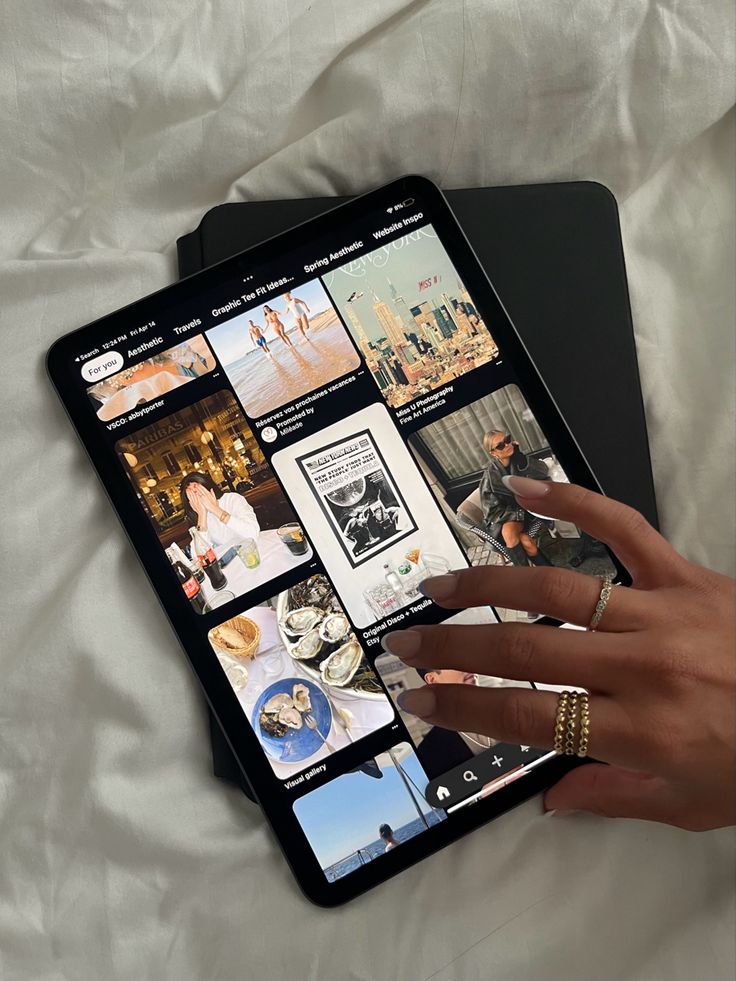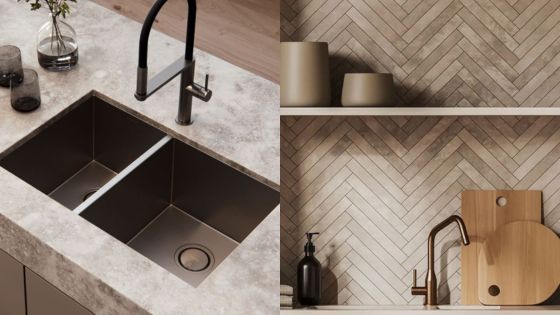Starting your journey in web design can be both exciting and overwhelming. Many newcomers face challenges with the vast array of tools, technologies, and trends available. Knowing what foundational advice to follow can set you up for success as you create effective and engaging websites.
Understanding key principles can enhance your skills and improve your projects. From design aesthetics to user experience, each component plays a crucial role in creating a successful site. This article will provide you with essential tips that will help you navigate the early stages of web design.
1) Use Responsive Design
Responsive design is crucial for web development today. It ensures your site adapts to various screen sizes, from desktops to smartphones.
Start by using flexible grid layouts and media queries. These tools help your site adjust to different devices without losing functionality or aesthetics.
Focusing on user experience is essential. A responsive design makes navigation easier and keeps visitors engaged. When users can access your site seamlessly, they are more likely to return.
Testing across multiple devices and screen sizes is necessary. Regularly check how your design performs on various platforms to identify any issues.
Using responsive design also improves your site’s SEO. Search engines prioritize mobile-friendly websites, which can lead to better rankings. This boosts your visibility and helps attract more visitors.
By prioritizing responsive design, you create a more inclusive and effective online presence.


2) Focus on User Experience
User experience (UX) is critical in web design. It determines how users interact with your site. Prioritizing UX can lead to higher engagement and satisfaction.
Start with intuitive navigation. This helps users find information quickly and reduces frustration. A clear menu structure is essential for a positive experience.
Visual hierarchy also plays a significant role. Design elements should guide users to important content. Use fonts, colors, and spacing to create an organized layout.
Ensure your website is responsive. A mobile-friendly design is crucial as more users access sites via their phones. Test your design on various devices to ensure consistency.
Load time impacts user experience significantly. Optimize images and utilize efficient coding practices to speed up your site. Visitors are likely to leave if a page takes too long to load.
Finally, gather user feedback. Encourage visitors to share their thoughts on usability. This data can help you make informed improvements and enhance the overall experience.


3) Leverage White Space
White space, also known as negative space, is essential in web design. It refers to the areas that are intentionally left blank. Proper use of white space enhances clarity and improves user experience.
By incorporating white space, you create a more organized layout. This helps guide the viewer’s eye to important elements like headings, images, or calls to action. It prevents your design from feeling cluttered.
Aim for balance between content and empty space. Too much content crammed together can overwhelm visitors. A clean design invites users to engage more deeply with your site.
Remember, white space can also improve readability. Text surrounded by adequate spacing is easier to absorb. Focus on margins and padding around elements to create breathing room.
Experiment with different layouts to find what works best for your design. Effective use of white space can lead to a more professional look. As you refine your skills, always keep in mind the importance of this design principle.


4) Optimize Page Load Times
Page load times are crucial for user experience. A slow website can frustrate visitors and lead to higher bounce rates.
Begin by compressing images to reduce file size without sacrificing quality. This can significantly speed up loading times.
Utilize browser caching to store frequently accessed resources, allowing users to load your pages faster on repeat visits.
Minimize the use of heavy scripts and optimize your code. Streamlined HTML, CSS, and JavaScript enhance performance.
You can also consider using a Content Delivery Network (CDN). A CDN distributes your site’s content across various locations, reducing latency.
Regularly test your website’s speed using tools like Google PageSpeed Insights. This allows you to identify issues and improve load times effectively.
By focusing on these strategies, you can create a faster, more responsive web experience for your users.


5) Ensure Mobile Compatibility
Mobile compatibility is crucial in web design. With the increasing use of smartphones, your website must function seamlessly on various devices.
Start by adopting a responsive design. This approach allows your site to adapt its layout based on the screen size. It ensures a consistent user experience across devices.
Test your website on multiple mobile devices and browsers. This step helps identify any issues that may arise during user interaction. Regular testing will allow you to make adjustments as needed.
Pay attention to loading speed. Mobile users expect fast access to content. Optimizing images and minimizing code can significantly improve load times.
Keep navigation simple. Users should find it easy to browse your site on a small screen. Limit the number of menu items and use clear labels.
Finally, design with touch in mind. Ensure buttons and links are easy to tap without requiring zooming. This consideration improves usability and encourages user engagement.


Understanding Web Design Basics
Grasping the fundamentals of web design is essential for creating effective and appealing websites. You need to focus on key design principles and the importance of user experience to enhance your skills.
Key Principles of Design
Familiarize yourself with foundational design concepts. These include:
Contrast: Use differences in color, size, and shape to highlight important elements. This guides the viewer’s eye and facilitates navigation.
Alignment: Ensure that all elements are visually connected. Proper alignment creates a clean layout, making a site more intuitive.
Repetition: Maintain consistency across your website. Repeated elements like colors and fonts establish a cohesive look and feel.
White Space: Don’t overcrowd your design. Adequate spacing improves readability and directs focus to key content.
Applying these principles ensures that your designs are both functional and aesthetically pleasing.
Importance of User Experience
User experience (UX) is crucial in web design. A positive UX leads to higher satisfaction and retention rates.
To enhance UX, consider:
Navigation: Create a simple and intuitive menu. Users should access information effortlessly.
Loading Speed: Optimize images and scripts for faster loading times. Users abandon slow sites quickly.
Mobile Responsiveness: Design for various devices. A responsive layout adapts to screens of all sizes, broadening your audience.
Accessibility: Ensure your website is usable for individuals with disabilities. This includes alt text for images and proper color contrast.
Focusing on UX ensures users have a seamless experience, increasing the likelihood of repeat visits.
Choosing the Right Tools
Selecting the appropriate tools can significantly impact your web design journey. Using the right software and frameworks allows you to enhance your skills and streamline your workflow.
Popular Design Software
When starting in web design, it’s essential to use intuitive design software. Some of the most popular options include:
- Adobe XD: Great for creating wireframes and prototypes. It offers numerous plugins for added functionality.
- Sketch: Ideal for Mac users focused on interface design. Its vector-based system makes it easy to create responsive layouts.
- Figma: A collaborative design tool that operates in the browser. This software is perfect for teams, allowing real-time feedback.
Each of these tools has unique strengths. Choose one based on your needs, whether for prototyping, collaboration, or specific platform compatibility.
Web Development Frameworks
Frameworks help you structure your web projects efficiently. Some widely-used frameworks include:
- Bootstrap: A front-end framework that simplifies responsive design. It offers pre-designed components for faster development.
- Foundation: Similar to Bootstrap but offers greater flexibility in customization. It’s ideal for developing complex applications.
- Tailwind CSS: A utility-first framework that enables you to build designs directly in your markup. This approach can improve workflow and reduce repetitive CSS.
Consider the nature of your projects when selecting a framework. Each option has different strengths that cater to various design needs.
- 283shares
- Facebook0
- Pinterest283
- Twitter0


